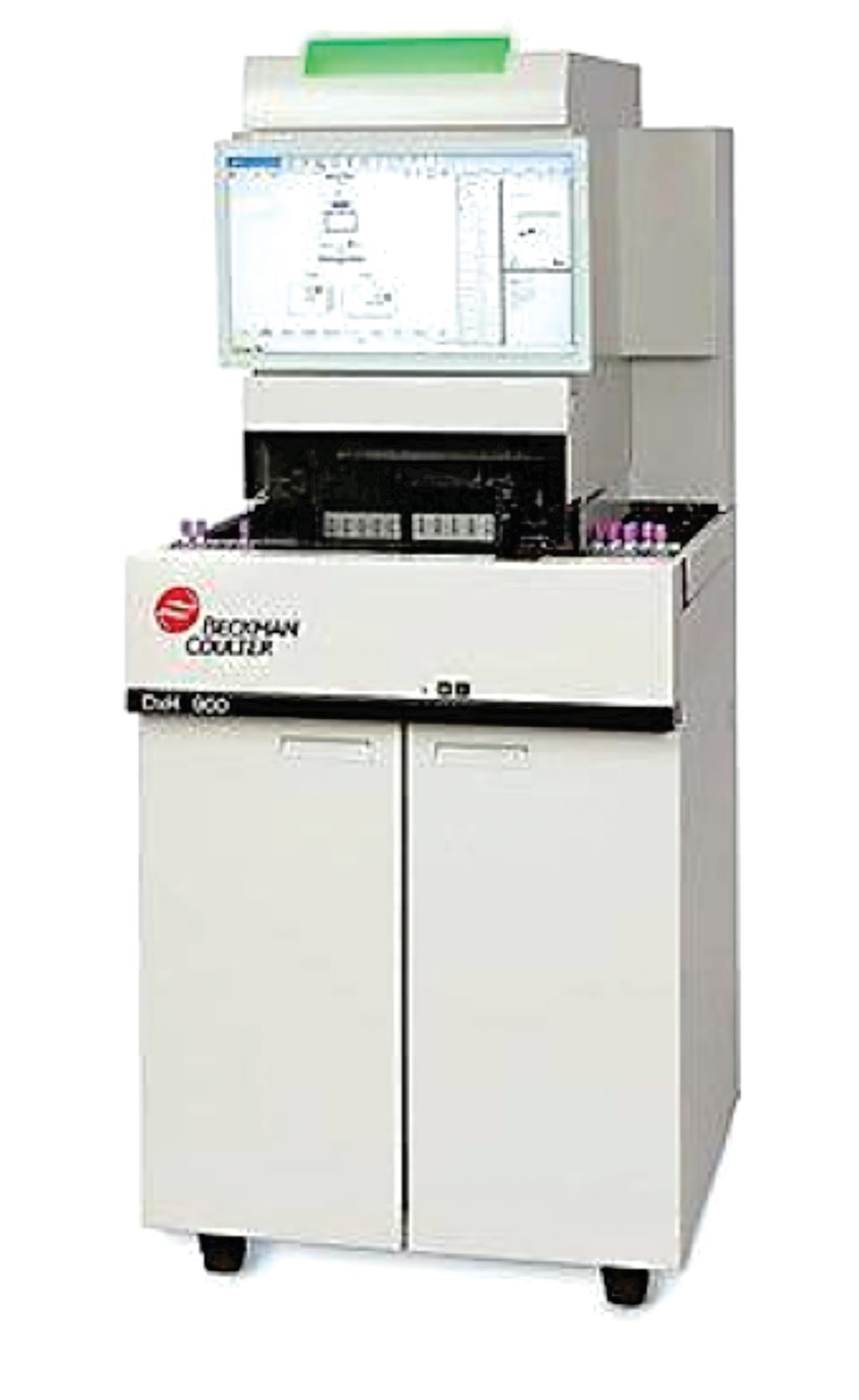Early Sepsis Indicator Alerts Emergency Department Clinicians
By LabMedica International staff writers
Posted on 24 May 2018
Sepsis is an often-deadly condition that affects 26 million people worldwide every year and is increasing at a rate of 1.5% annually. Timely and accurate detection solutions in the acute-care setting are key components to stopping the progression of sepsis, as patients with less severe sepsis can progress to severe sepsis or septic shock within 72 hours.Posted on 24 May 2018
Up to half of patients with sepsis die and in addition to the human toll, this global crisis places a significant clinical and economic burden on the healthcare system. A clear link exists between the timeliness of treatment and the possibility of death. When antibiotics are administered early to patients with septic shock, the likelihood of death is decreased by 7.6% per hour.

Image: The Early Sepsis Indicator uses the DxH 900 hematology analyzer (Photo courtesy of Beckman Coulter).
A hematology-based solution designed to alert emergency department clinicians to the possibility of sepsis or risk of developing sepsis has received the European CE Mark and has been designed to alert emergency department clinicians to the possibility of sepsis or risk of developing sepsis. The first early sepsis warning solution to be offered as part of a routine complete blood count (CBC) with differential test gives physicians a rapid and simple tool that can aid in the fight against sepsis.
The Early Sepsis Indicator uses the DxH 900 hematology analyzer (Beckman Coulter, Brea, CA, USA), which characterizes cells in their near-native states. The system’s powerful VCS 360 technology can uniquely detect morphological changes in monocytes, cells of the innate immune system that provide a first line of defense against infections. Monocytes play a role in the dysregulated immune response to sepsis, and identifying morphological changes provides insight into possible sepsis earlier than other indicators.
Peter Soltani, PhD, senior vice president and general manager of the hematology business at Beckman Coulter, said, “Because emergency department personnel are often on the front line of care for people facing critical conditions, giving them a simple and easy tool for detecting sepsis can help us make significant strides against this prevailing threat. The fact that this early warning indicator is part of a routine blood test means that clinicians receive results rapidly, with no additional workflow burden to the laboratory or emergency department.”













